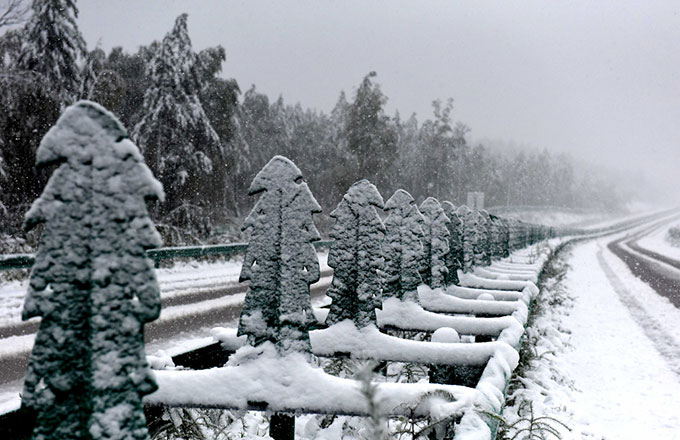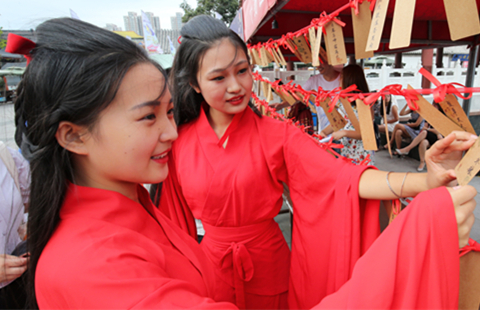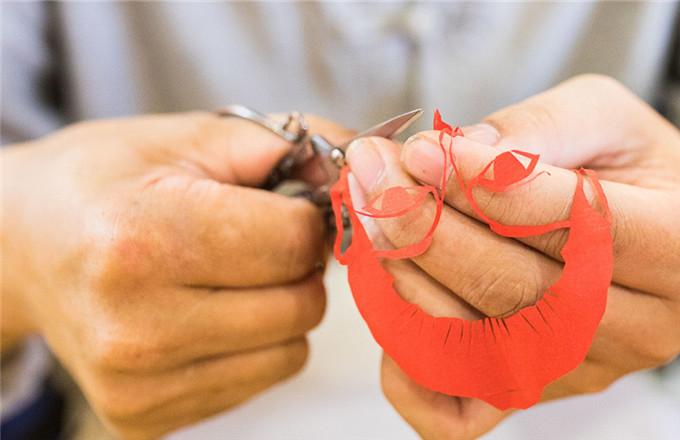India pulls back from Donglang
Troops and equipment withdrawn from Chinese territory, officials confirm
India has withdrawn all its personnel and equipment back to its side of the Sino-Indian border after a 10-week intrusion into China's Donglang area, the Foreign and Defense ministries confirmed on Monday.
The withdrawal, which took place at around 2:30 pm, was verified by Chinese personnel at the scene, Foreign Ministry spokeswoman Hua Chunying told a daily news conference in Beijing.
Since India's intrusion in mid-June, China has lodged representations to India via diplomatic channels multiple times and told the international community the truth about the intrusion, expressed its solemn position and clear demands, and urged India to withdraw its border troops immediately, Hua said.
The Chinese military also took effective countermeasures to safeguard China's territorial sovereignty and lawful rights, Hua said.
China will continue exercising its sovereign rights and safeguarding its territorial sovereignty in accordance with historical border agreements, the spokeswoman said, adding that Chinese border troops have continued patrolling and defending Donglang.
On June 18, Indian troops illegally crossed into the Sikkim sector of the China-India boundary and intruded into China's Donglang area to block China's road construction.
The Sikkim sector is the only delimited part of the boundary between the two countries, which was defined in the 1890 Convention Between Great Britain and China Relating to Sikkim and Tibet.
In early August, the Foreign Ministry issued a paper that made it clear Donglang "is indisputably Chinese territory", and said India's trespass violated China's sovereignty and territory and the 1890 Convention as well as the basic principles of international law.
On Monday, Defense Ministry spokesman Wu Qian commented on India's withdrawal, saying, "We remind India to learn from this incident, to comply with historical border agreements effectively as well as the basic principles of international law, and work with China to maintain peace in the border region."
Sun Hongnian, a border researcher at the Chinese Academy of Social Sciences, said China and India solved the tension in the Donglang area through diplomatic efforts, which "gives peace a chance".
Lan Jianxue, a researcher in South Asian studies at the China Institute of International Studies, said India "made a wise choice" because it realized that it would harm its interests if its personnel and equipment continued to stay in Donglang.





















